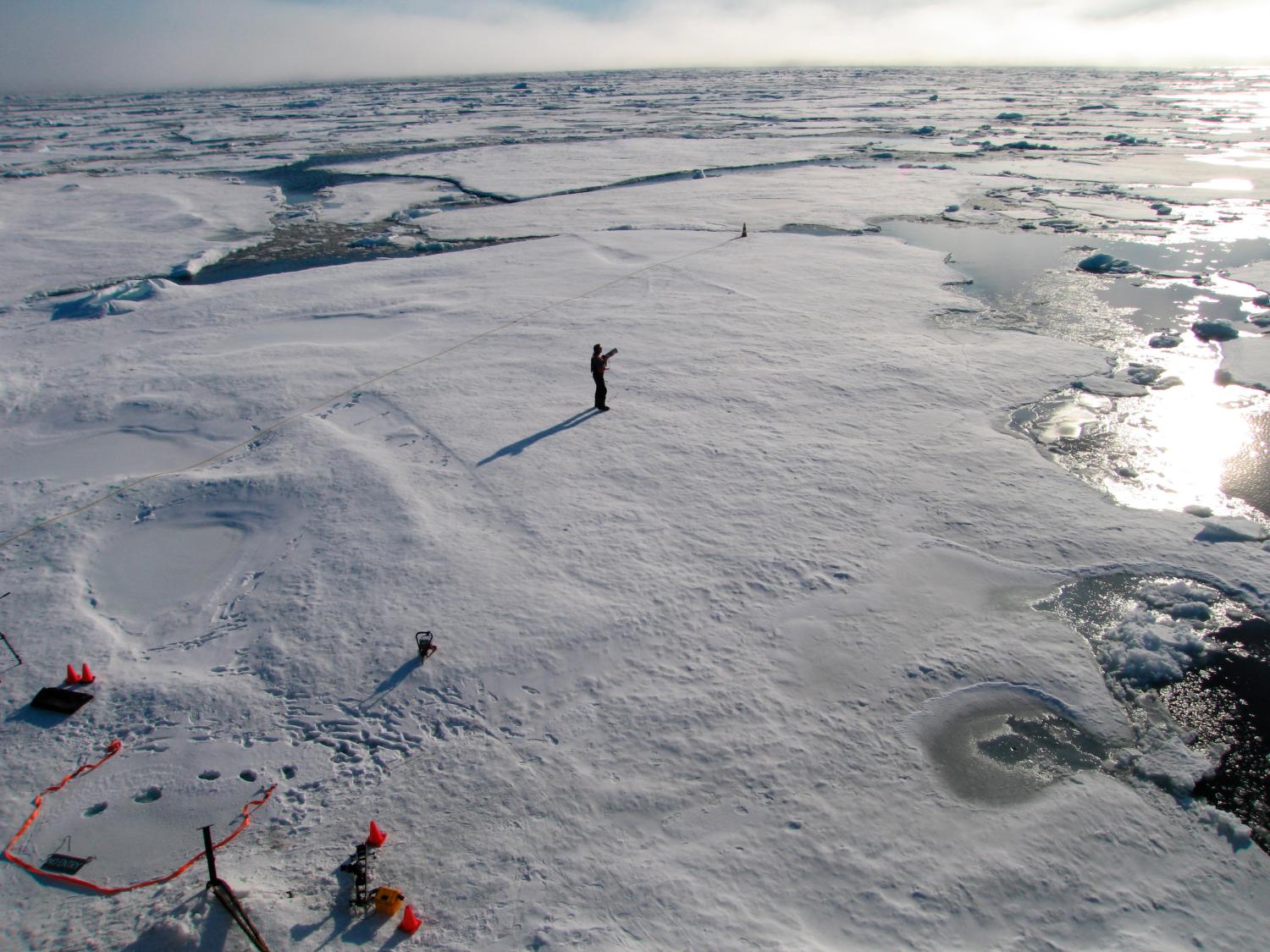Editor’s Note: In this report, the authors address the Arctic’s growing strategic relevance and conflict dynamic; offer background on and assessment of the existing institutions, and examine ongoing risks. Ultimately, they conclude that the prospects for cooperation outstrip the potential for conflict and that the Arctic offers lessons for tackling evolving challenges in other regions.
INTRODUCTION
As the Cold War receded, so too did the strategic significance of the Arctic, once a zone of U.S.-Soviet contestation. In recent years, tensions have once again been rising. From the infamous planting of the Russian flag on the floor of the Arctic Ocean in 2007 to Secretary Clinton’s appearance at the May 2011 Arctic Council ministerial, states have turned their attention to the North. The drivers of this shift are rapidly melting ice and the consequent prospects for the development of energy resources; its facilitators have been innovating in extraction technologies and marine transportation systems to move cargoes of hydrocarbons and hard minerals along previously inaccessible sea routes. Rising oil prices in 2004-2008 generated investment resources.
These changes have created a complex and, to some, worrying political picture. Many fear the Arctic will see an intensifying battle for sovereign control and commercial advantage. While such a view may be “more alarmist than alarming,” insecurity in the far North has increased risks of political and military conflict and highlighted the need for a stable maritime security system to manage disputes and other security concerns.
The bleakest forecasts have overlooked positive developments in the region. Despite the Arctic’s dangerous mix of great power competition, unresolved territorial disputes, and increasingly accessible oil and gas reserves, there has to date been little actual discord. Unlike in the South China Seas, which faces a similar mix of uncharted energy resources and contested boundaries, Arctic states have pledged to solve disputes in an orderly process, managed the peaceful resolution of a major territorial conflict, and concluded a binding agreement to cooperate on search and rescue.
This is not to say there is no reason for worry. The most contentious issues are yet to be resolved. There is scope for strategic miscalculation, a loss of faith in multilateral processes that deliver unwelcome findings, or an environmental disaster triggering a spiral of mistrust.
The Arctic therefore emerges as a rich case study of current and potential areas of international cooperation and tension, with implications for energy security, global trade, global power politics, sustainable development, and climate change. In this paper, we first address the Arctic’s growing strategic relevance and its potential conflict dynamic. Second, we offer background on the existing institutions and legal regimes, assessing their strength and effectiveness, and then reviewing recent negotiations. Finally, we examine ongoing risks in the region, assessing their likely scale and evolution.
We conclude that—for now—the prospects for continued cooperation outstrip the potential for conflict among Arctic states, and that the Arctic offers lessons, and even elements of a model, for tackling evolving challenges in other regions.
The Brookings Institution is committed to quality, independence, and impact.
We are supported by a diverse array of funders. In line with our values and policies, each Brookings publication represents the sole views of its author(s).




